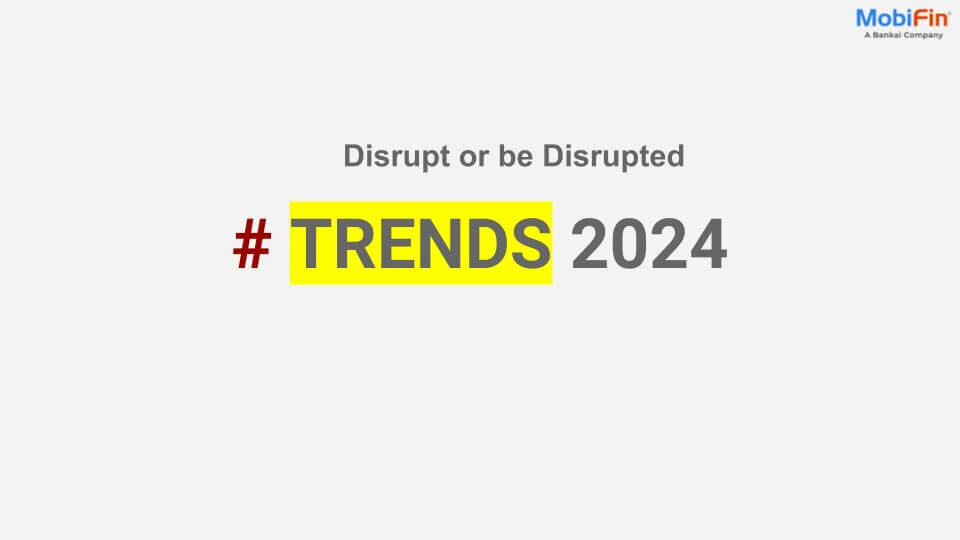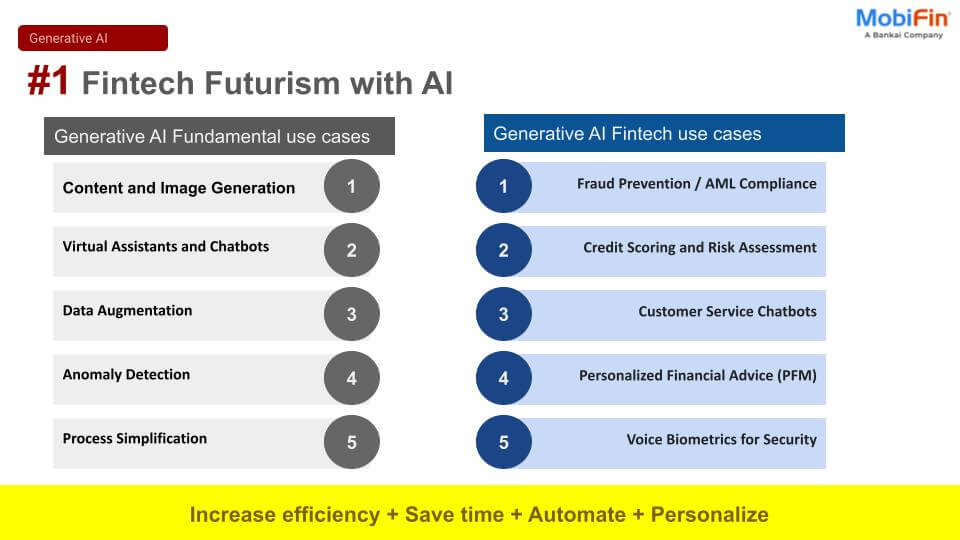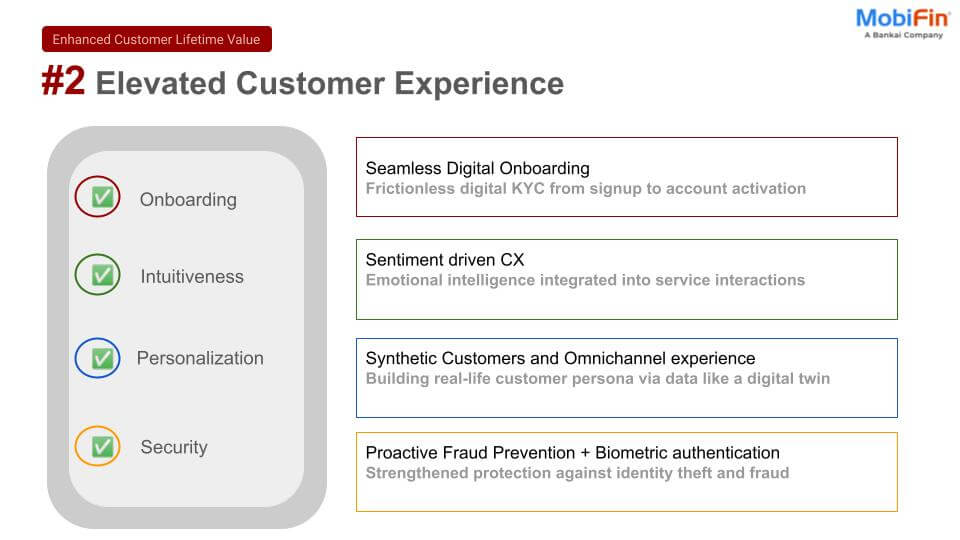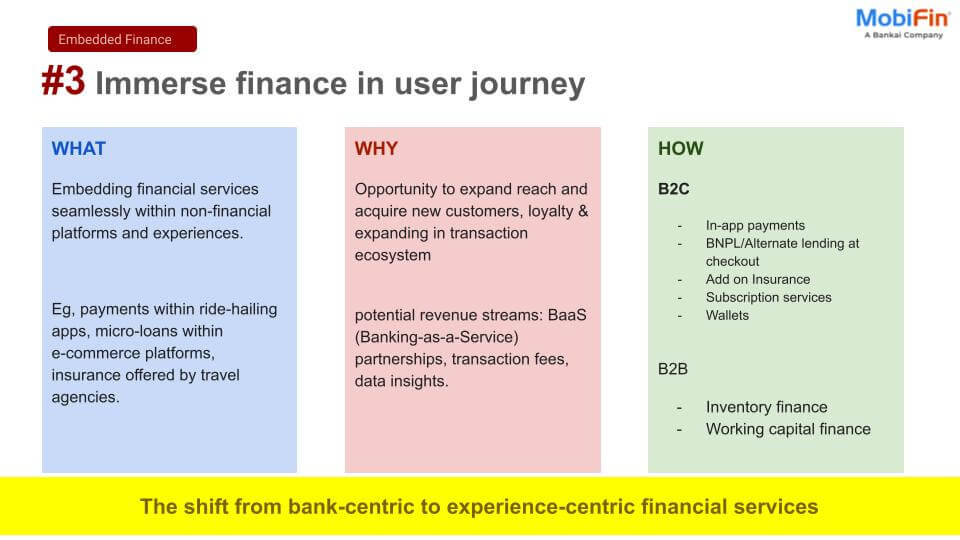The conventional wisdom that digital banking in emerging markets follows Western evolution patterns has proven fundamentally flawed. In APAC and Africa, financial institutions are crafting unique approaches to customer loyalty that challenge core assumptions about digital transformation in banking. These markets aren’t merely adopting Western solutions – they’re pioneering entirely new paradigms of financial relationships.
The Rise of Alternative Data in Emerging Markets
Traditional credit scoring models have proven inadequate in markets with sparse formal credit histories. Indonesian digital bank Jenius and Singapore’s Trust Bank are pioneering alternative data models that analyze over 10,000 data points per customer – from utility payments to social media activity. These models don’t just determine creditworthiness; they predict customer lifetime value and tailor product offerings.
A particularly telling case is how African neobank Carbon switched from using traditional credit bureaus to analyzing smartphone metadata. By examining factors like battery charging patterns and app usage behavior, they’ve reduced default rates by 23% while expanding their addressable market by 45%. This isn’t just about risk assessment – it’s about understanding lifestyle patterns to deliver contextualized financial services.
The Super-App Paradox: Convenience vs. Loyalty
The prevailing narrative around super-apps like WeChat and Grab suggests they’re the inevitable future of digital banking. However, data from Southeast Asian markets reveals a more nuanced reality. While super-apps command impressive user bases, they struggle with financial service engagement metrics. The average super-app user conducts only 2.3 financial transactions monthly, compared to 7.8 transactions on dedicated banking apps.
This paradox has led to a strategic pivot among digital banks. Successful players focus on specific value chains instead of trying to be everything to everyone. Vietnam’s Timo Bank, for instance, has achieved remarkable success by deeply integrating with the country’s small business ecosystem, offering specialized inventory financing and supply chain payment solutions.
Behavioral Economics Meets Machine Learning
The most sophisticated digital banks are moving beyond simple personalization to what might be called “predictive engagement’ UOB (United Overseas Bank) TMRW digital bank in Thailand uses machine learning to identify patterns in customer financial behavior and proactively suggest actions based on anticipated needs. This goes beyond typical ‘next best action’ recommendations – it elaborates on predicting and solving problems before customers realize they have them.
A fascinating example comes from South Africa’s Discovery Bank, which has built a variable pricing model based on customer behavior. Instead of traditional risk-based pricing, they adjust fees and interest rates based on a complex matrix of financial wellness indicators. This has resulted in a 34% increase in positive financial behaviors among their customer base.
The Privacy-Personalization Balance
As digital banks collect and utilize more granular data, they’re walking a tightrope between personalization and privacy. Markets like India and Indonesia are seeing a backlash against excessive data collection, with 67% of customers expressing concern about how their financial data is being used. This has led to the emergence of ‘privacy-first personalization’ approaches.
Singapore’s DBS has pioneered a federated learning approach in which personalization models are trained on devices, with only aggregated insights sent back to central servers. This allows for sophisticated personalization while keeping sensitive data local. The results are promising—customer opt-in rates for personalized services have increased by 40% since implementing this approach.
The Rise of Emotional Banking
The most cutting-edge development in digital banking isn’t technological – it’s psychological. Leading digital banks are moving beyond transactional relationships to create what might be called ’emotional banking’ experiences. This involves understanding and responding to the emotional context of financial decisions.
South Korean digital bank Kakao Bank has developed an ’emotional intelligence layer’ in their app that adapts its interface and messaging based on detected stress levels in customer interactions. During periods of financial stress, the app shifts to a more supportive and educational tone, while during positive financial moments, it becomes more encouraging and aspirational.
Redefining Customer Lifetime Value
Traditional banking metrics like product penetration and balance sheet size are becoming increasingly irrelevant in the digital banking era. Forward-thinking banks are adopting more sophisticated measures of customer value that incorporate network effects and data value.
Philippine digital bank Tonik has developed a ‘network value score’ that considers not just a customer’s direct financial value but their influence on other customers’ financial behaviors. Customers with high network scores receive preferential treatment and early access to new features, creating a virtuous engagement cycle.
The Infrastructure Play
While much attention focuses on customer-facing innovations, the real revolution is happening in banking infrastructure. The emergence of Banking-as-a-Service (BaaS) platforms in APAC enables a new generation of embedded financial services that blur the lines between banking and other digital services.
Malaysian digital bank BigPay’s decision to open its core banking system to third-party developers has led to unexpected innovations. Local e-commerce platforms now offer real-time working capital loans based on sales data, while gig economy platforms provide instant payouts and specialized insurance products.
Conclusion: Beyond Digital Transformation
The future of digital banking in emerging markets is not limited to digitizing traditional banking but fundamentally reimagining financial relationships. The most successful players will be those who can combine sophisticated data analytics with deep cultural understanding to create truly contextual banking experiences.
The next frontier isn’t technological but anthropological – understanding how different cultures and communities think about and interact with money. As digital banks move into this territory, we’re likely to see even more divergence between Western and emerging market approaches to financial services.
The winners in this new landscape won’t be those with the most advanced technology or extensive customer base but those who can translate data-driven insights into meaningful financial experiences that resonate with local cultural contexts and individual customer needs.







